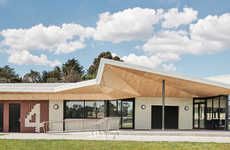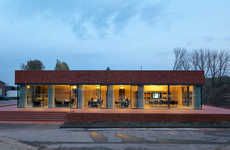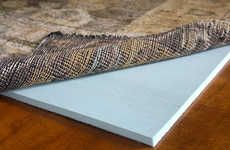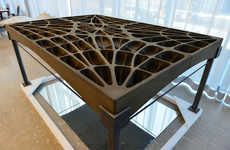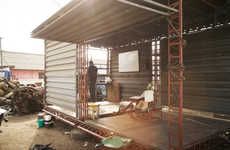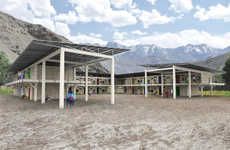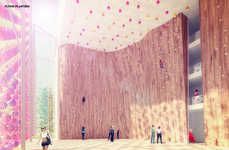



Architecture adopts eco-friendly bioplastic materials
Implications - Bioplastics are slowly being adopted into the construction industry as businesses and architects seek to set precedents for the future of architecture. Such changes are being pushed as immediate and long-term consequences of climate change, coupled with rapid urban development around the world, are increasingly top of mind for consumers and developers alike.
Workshop Question - How can your brand adopt bioplastics into its production processes, or support the development of climate change and pollution-fighting causes?
Trend Themes
1. Bioplastic Adoption in Architecture - The construction industry is gradually adopting bioplastics as an eco-friendly material for architecture projects, driven by the increasing concern for the environment and urbanization.
2. 3d-printing with Sustainable Bio-plastics - 3D-printing technology is being used to create sustainable urban cabins, forest shelters, and flooring designs by Dutch design studios in a bid to offer efficient temporary housing solutions during emergencies.
3. Innovative Applications of Bioplastics - Designers are using a combination of biomaterials such as activated charcoal, gelatin-based bioplastics, and recycled plastics to create designs that can reduce air pollution while providing aesthetically pleasing facade solutions.
Industry Implications
1. Construction Industry - The construction industry can leverage bioplastics to offer more eco-friendly and sustainable architecture solutions.
2. 3d-printing Industry - The 3D printing industry can innovate further to provide tailor-made, sustainable solutions for temporary housing during emergencies.
3. Design Industry - Designers can create more innovative applications of bioplastics to reduce air pollution and create aesthetically pleasing facade solutions.
6 Featured, 53 Examples:
295,311 Total Clicks
Date Range:
Oct 14 — Apr 18
Trending:
Warm
Consumer Insight Topics:










